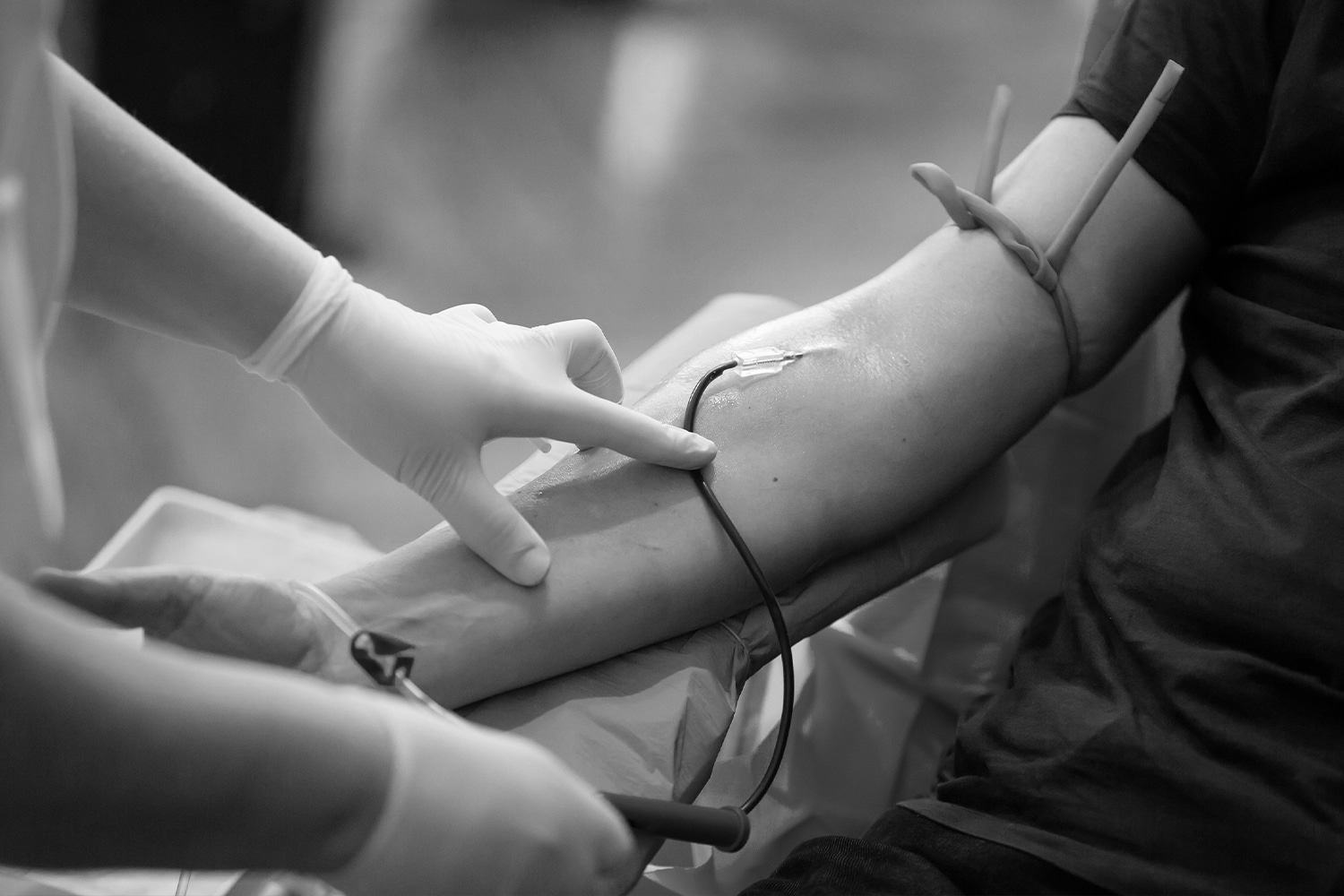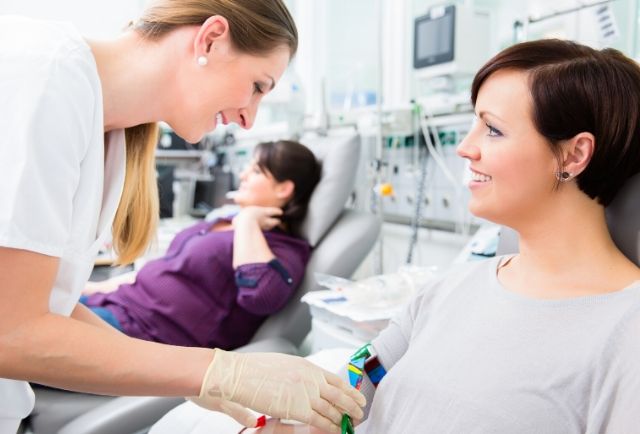The Greatest Guide To Northeast Medical Institute - New Haven Campus Phlebotomy Course & Cna Class
The Greatest Guide To Northeast Medical Institute - New Haven Campus Phlebotomy Course & Cna Class
Blog Article
The Basic Principles Of Northeast Medical Institute - New Haven Campus Phlebotomy Course & Cna Class
Table of ContentsOur Northeast Medical Institute - New Haven Campus Phlebotomy Course & Cna Class DiariesThe Ultimate Guide To Northeast Medical Institute - New Haven Campus Phlebotomy Course & Cna ClassNortheast Medical Institute - New Haven Campus Phlebotomy Course & Cna Class Fundamentals ExplainedNortheast Medical Institute - New Haven Campus Phlebotomy Course & Cna Class Can Be Fun For AnyoneSome Known Details About Northeast Medical Institute - New Haven Campus Phlebotomy Course & Cna Class Fascination About Northeast Medical Institute - New Haven Campus Phlebotomy Course & Cna Class
The use of such tools must be come with by other infection avoidance and control techniques, and training in their usage.For setups with low resources, price is a driving factor in purchase of safety-engineered devices - Phlebotomy Courses. Where safety-engineered gadgets are not available, knowledgeable use a needle and syringe serves. Unintended exposure and particular information regarding an event need to be videotaped in a register. Support solutions ought to be promoted for those that undergo unintended exposure.
labelling); transport conditions; analysis of results for scientific monitoring. In an outpatient department or clinic, give a specialized phlebotomy cubicle containing: a tidy surface area with 2 chairs (one for the phlebotomist and the various other for the individual); a hand wash basin with soap, running water and paper towels; alcohol hand rub. In the blood-sampling space for an outpatient division or facility, provide a comfortable reclining sofa with an arm rest.
The Definitive Guide for Northeast Medical Institute - New Haven Campus Phlebotomy Course & Cna Class
Make certain that the indications for blood sampling are clearly specified, either in a composed protocol or in documented directions (e.g. in a research laboratory form). Whatsoever times, adhere to the methods for infection prevention and control noted in Table 2.2. Infection avoidance and control techniques. Collect all the equipment needed for the procedure and place it within risk-free and simple reach on a tray or cart, making certain that all the things are clearly visible.
Introduce on your own to the patient, and ask the client to state their full name. Examine that the laboratory form matches the individual's identification (i.e. match the individual's information with the research laboratory form, to ensure accurate identification).
Make the client comfortable in a supine placement (if feasible). The individual has a right to refuse an examination at any type of time before the blood sampling, so it is important to guarantee that the client has actually comprehended the treatment - CNA Classes.
Northeast Medical Institute - New Haven Campus Phlebotomy Course & Cna Class Fundamentals Explained
Prolong the patient's arm and examine the antecubital fossa or lower arm. Locate a blood vessel of a great dimension that shows up, straight and clear. The diagram in Section 2.3, shows typical placements of the vessels, however numerous variants are feasible. The mean cubital vein exists between muscles and is usually the most very easy to puncture.
DO NOT insert the needle where blood vessels are diverting, due to the fact that this enhances the opportunity of a haematoma. The vein ought to be visible without applying the tourniquet. Finding the blood vessel will certainly aid in identifying the correct dimension of needle. Apply the tourniquet regarding 45 finger sizes above the venepuncture site and re-examine the capillary.
Haemolysis, contamination and presence of intravenous liquid and medicine can all modify you can try here the outcomes (39. Nursing personnel and medical professionals might access central venous lines for samplings complying with protocols. Specimens from central lines lug a danger of contamination or erroneous laboratory test outcomes. It serves, however not excellent, to attract blood samplings when initial presenting an in-dwelling venous tool, before attaching the cannula to the intravenous fluids.
The Definitive Guide to Northeast Medical Institute - New Haven Campus Phlebotomy Course & Cna Class
Failing to allow adequate contact time increases the danger of contamination. DO NOT touch the cleaned site; in certain, DO NOT place a finger over the blood vessel to lead the shaft of the exposed needle.
Ask the client to develop a hand so the veins are extra famous. Get in the capillary swiftly at a 30 level angle or much less, and continue to introduce the needle along the blood vessel at the most convenient angle of entrance - CNA Classes. Once sufficient blood has actually been accumulated, release the tourniquet prior to withdrawing the needle
Get This Report on Northeast Medical Institute - New Haven Campus Phlebotomy Course & Cna Class
Withdraw the needle carefully and apply gentle stress to the site with a tidy gauze or dry cotton-wool round. Ask the person to hold the gauze or cotton wool in place, with the arm expanded and elevated. Ask the individual NOT to flex the arm, due to the fact that doing so triggers a haematoma.

Top Guidelines Of Northeast Medical Institute - New Haven Campus Phlebotomy Course & Cna Class
Do not push the syringe plunger since added stress enhances the risk of haemolysis. Where possible, keep televisions in a rack and relocate the shelf in the direction of you. Infuse downwards into the suitable coloured stopper. DO NOT eliminate the stopper because it will release the vacuum. If the example tube does not have a rubber stopper, infuse incredibly slowly right into television as reducing the stress and speed made use of to move the specimen decreases the risk of haemolysis.

Report this page